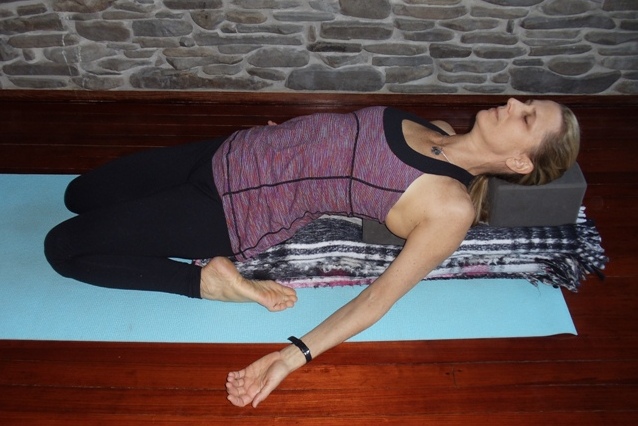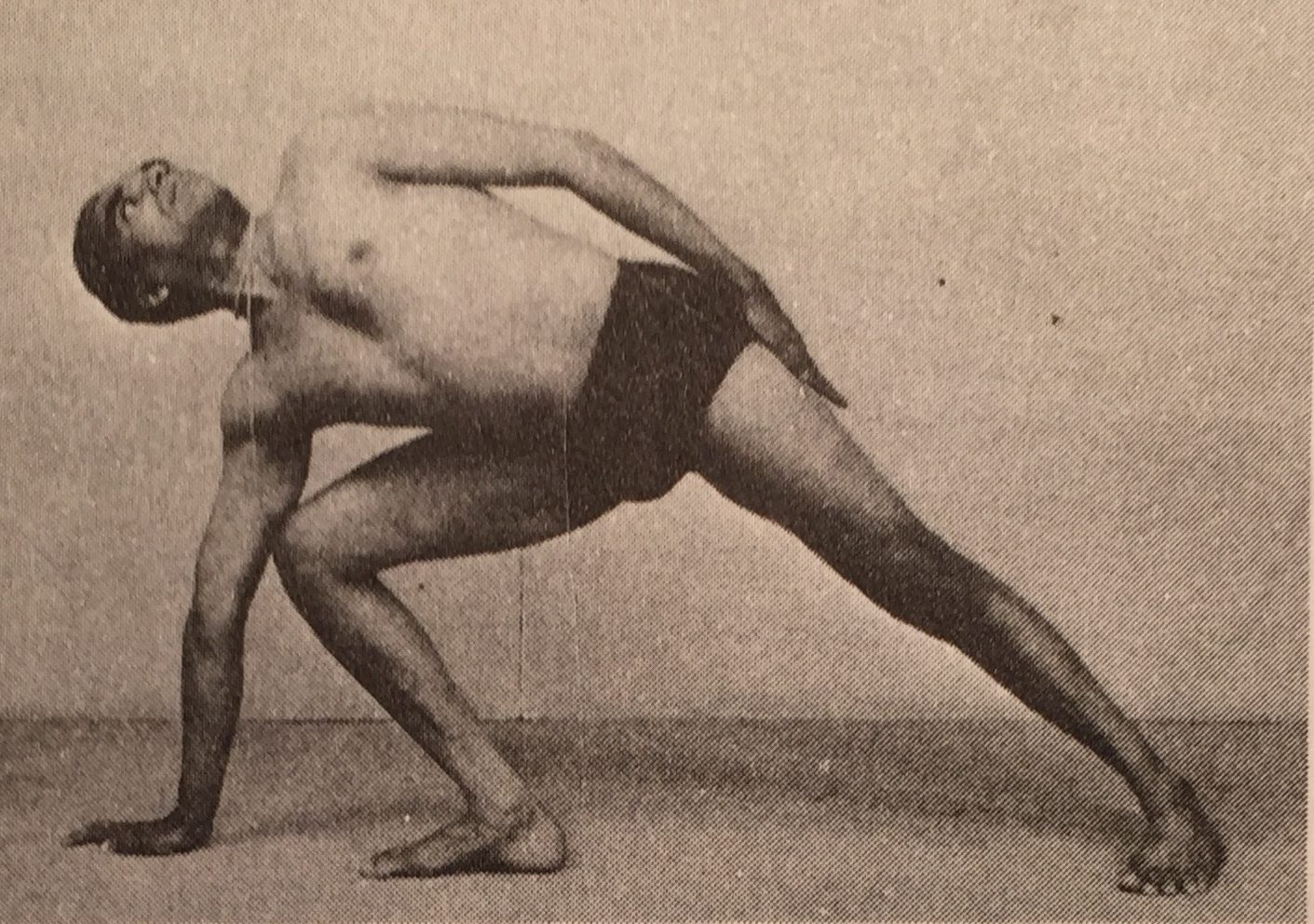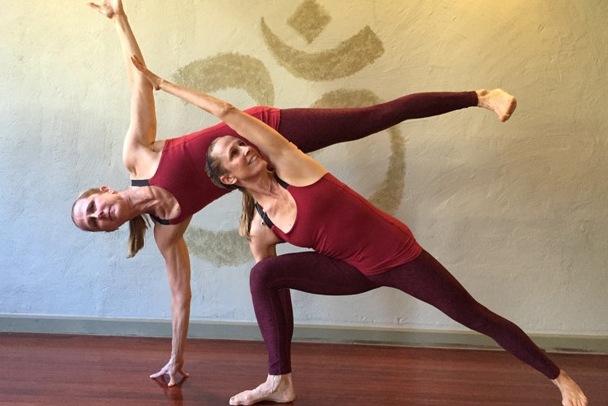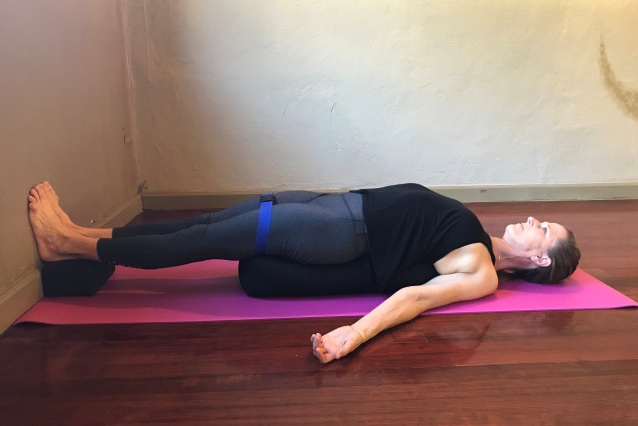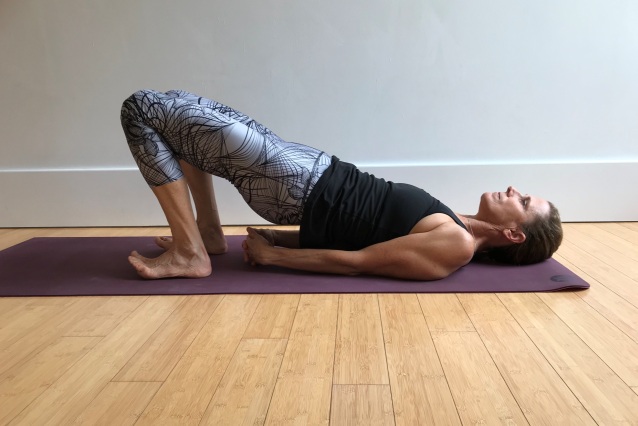The ancient yogis thought the breath was the most important thing that you had. Obviously, without the breath you would cease to exist. As modern people we often feel that life is fast paced and because we are so rushed, we often forget things. But perhaps the seers of old often felt the same way. They taught that the breath was the one thing you always had with you. You don’t need any other things, just find a spot to sit and feel your breath.
We often take the breath for granted, but I encourage you to pause for a moment and think about it. Breath is a most intricate dance of give and take. When we are born Shakti, that great feminine principle of the energy of action, is said to exhale into us. As we exhale our last breath she is there to breathe us in.
Breathing is our primary method of exchange with the universe. When we inhale, it is an act of receiving. How do we receive things: money, food, goods, compliments, criticisms? Do we receive consciously and with gratitude? Or, are we takers, gulping things down greedily? Is our breath restricted? Do we barely breathe, afraid of taking in new things? Are we afraid of change? When we exhale, it is indicative of how we give. Do we do so generously? Do we give out more compliments or more criticisms? Do we give with strings attached, restricting the breath by gripping?
The ancient yogis knew about the benefits of slow, deep breathing; they passed down practices of pranayama, or breathing exercises, to us. Most of these practices were aimed at making our breath longer, slower, deeper and more refined. These wise practitioners cautioned us that we were born with a specific number of breaths and that when we used them up, we would die.
The ancient yogis knew what they were talking about because modern science tells us that our breath is intricately tied in with our health. When we are stressed, we breathe shallowly and rapidly, barely ever taking in a full tankful of air. This means that the blood is never fully oxygenated and carbon dioxide is never fully released; nutrients aren’t being delivered properly and wastes are not being removed fully. This makes the blood more acidic. We have all heard that if our systems are too acidic, it is not beneficial. Increasing the acidity of the blood is one of the ways that stress is injurious to our bodies. While we cannot control the stressors in our environment, we can do things to lessen the effects of stress on our bodies like pausing to take a few minutes to breathe fully and deeply. By fully oxygenating the blood it is restored to its normal ph level.
Since it only takes the blood about 1 minute to make a round trip to the heart, you can quickly make a difference in the effect stress has on your body. While it would be ideal to keep up breathing slowly in a full and deep way, you won’t be able to maintain it. But, the benefits of pausing occasionally during your day and slowing down the breath has enough benefit to make it a practice that is worthwhile.
Our bodies are regulated and controlled by our nervous system which can be further divided into what falls under our voluntary or involuntary control. As an example, our muscles are under our voluntary control and our digestion happens involuntarily. Most systems in the body are regulated by one or the other, but the breath falls under both. Most of the time we breathe unconsciously. But we can also control our breath voluntarily.
I’m sure you’ve had the experience where someone has told you to calm down and take a deep breath when you have been very excited or agitated. When we get stressed, we breathe rapidly and shallowly. Our involuntary nervous system kicks in taking us into ’fight or flight’ mode and shutting down things like digestion. But we can take some slow deep breaths to calm ourselves. This brings us out of ‘fight or flight’ and into ‘rest and digest’
The practice of the mantra So-Hum can help with this. It is a beautiful practice that ties breath with mantra to help bring you into a quiet and calm state.
Find a comfortable seat. This can be on the floor in a cross-legged position, or it can be done in a chair. Close your eyes and get in tune with your breath.
As you feel the breath coming in through the nostrils, feel that it makes a subtle “So” sound, and on the exhale feel that it makes a “Hum” sound.
Sit with the breath for a few moments and feel “So” as you inhale and “Hum” as you exhale. Allow the rhythm of the breath to establish itself. Be consistent with the “So- Hum” sound. Let it lull you into a meditative state.
As you feel the breath come in, begin to repeat “I am” with the inhalation and “That” with the exhalation. With each breath feel each one of your identities that arise with the thought, “I am”. I am a mother, a teacher, a woman, a friend, a worrier (yes, those things, too!). You may be surprised at how many things you can identify with. But, realize that you are more than just “that”. Stay with this mantra and the meditation of “I am that” for anywhere from 5 to 20 minutes. Set a timer if you wish. Allow yourself to run out of identities and come to the realization that you are all of those things and more. You could be any of those things, or none. You could be anything you want to be. Stay with this contemplation until you come to a state of unified consciousness. Your breathing has become slow and deep and just for a few moments, you have entered into a state of deep meditation. Your mind is quiet. Your breath is slow and deep and full. Your body and your brain will thank you for this.



